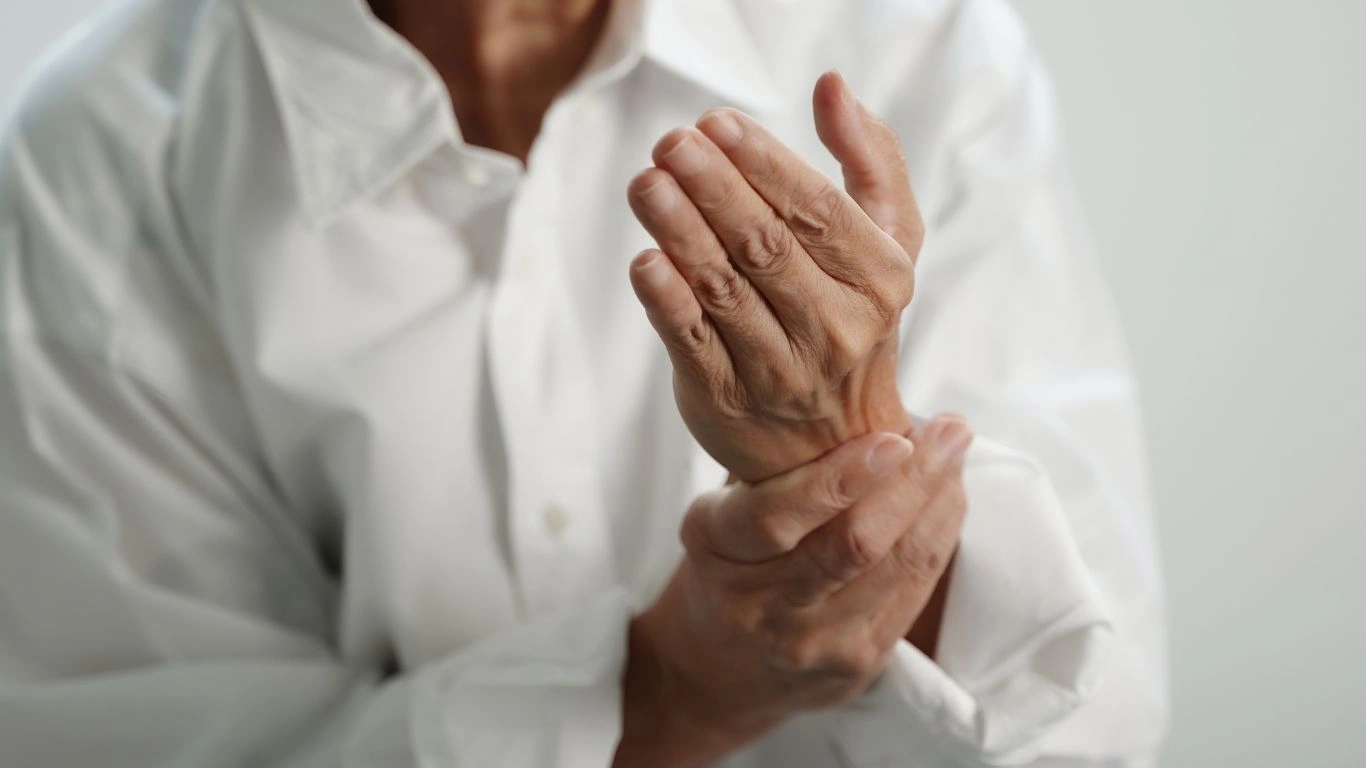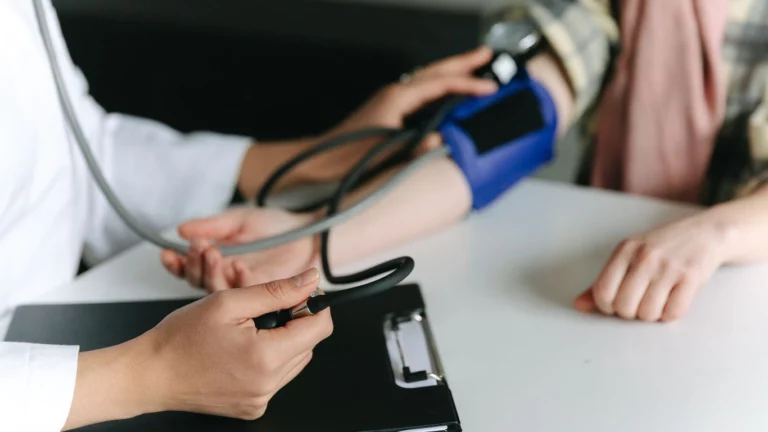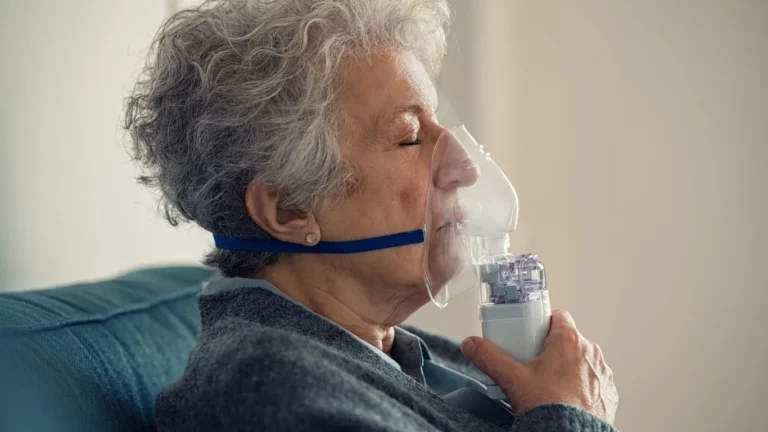Rheumatoid Arthritis and the Role of Physical Activity – Finding Your Move Groove
Rheumatoid arthritis (RA) can feel like an uphill battle some days, but guess what? Physical activity might just be your secret weapon. Let’s talk about how moving your body can help manage RA symptoms and improve your quality of life.
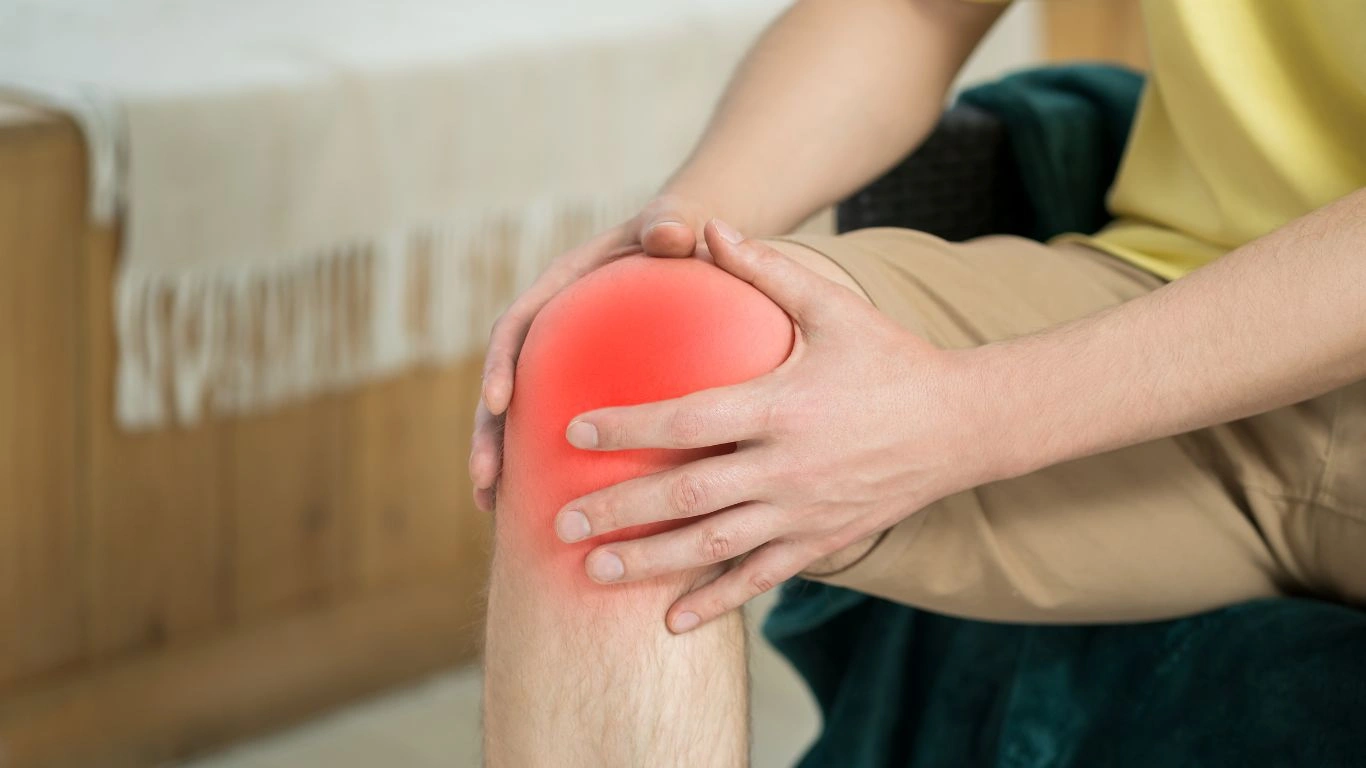
Why Physical Activity Matters for Rheumatoid Arthritis
1. Easing Stiffness and Pain
When your joints feel stiff and sore, the last thing you want to do is move. But gentle motion actually helps lubricate the joints and reduces inflammation. Think of it as oiling a squeaky hinge. Low-impact activities like walking or swimming are great options.
2. Strengthening Muscles Around Joints
Stronger muscles mean more support for your joints. This can help reduce the wear and tear on those inflamed spots. Bonus: you’ll feel more stable and confident in your movements.
3. Boosting Energy Levels
Exercise releases endorphins, aka the “feel-good hormones.” These little guys don’t just lift your mood—they also fight fatigue, which is a common RA complaint. You might feel tired after a workout, but in the long run, your energy levels will thank you.
4. Improving Mental Health
Living with chronic pain can take a toll on your mental health. Exercise is a natural mood booster, helping to combat anxiety and depression. A quick yoga session or a stroll in the park can do wonders for your headspace.

What Types of Physical Activity Are Best?
1. Stretching
Start with gentle stretches to improve your range of motion. Think yoga or simple morning stretches. It’s all about loosening up and keeping those joints flexible.
2. Low-Impact Cardio
Walking, cycling, or swimming are your best friends here. These activities get your heart pumping without putting too much strain on your joints. Plus, a swim in a heated pool can be incredibly soothing.
3. Strength Training
You don’t need to hit the gym and bench press 200 pounds. Light weights or resistance bands can help build muscle around your joints, giving them extra support.
4. Balance and Flexibility Exercises
Tai chi and Pilates are fantastic for improving balance and posture. They’re gentle and can help prevent falls—a big plus when your joints aren’t cooperating.
5. Physical Therapy
Sometimes, working with a professional is the way to go. A physical therapist can create a customized exercise plan tailored to your needs and limitations.
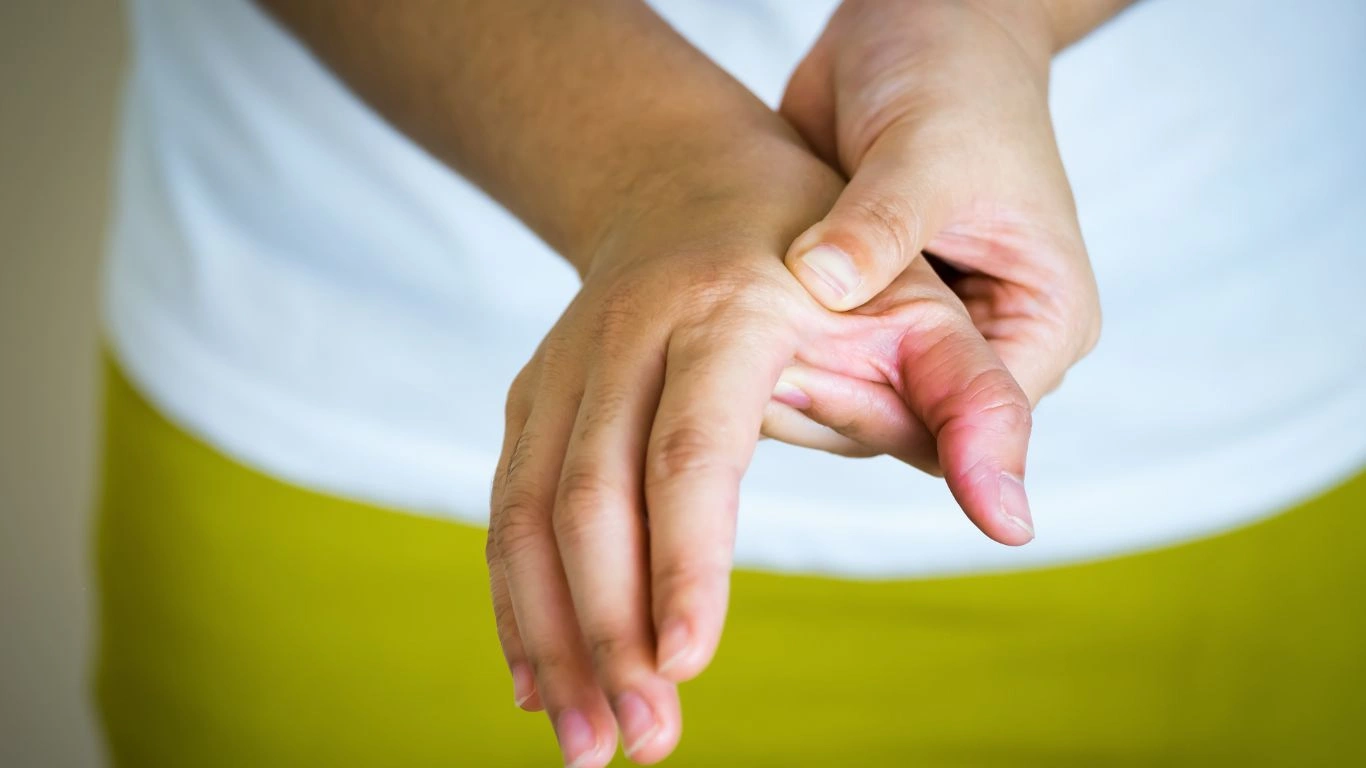
How to Get Started (Without Overwhelming Yourself)
1. Set Realistic Goals
Forget about “no pain, no gain.” With RA, it’s all about pacing yourself. Start with 10 minutes a day and gradually increase as you feel comfortable.
2. Choose Activities You Enjoy
Hate running? Don’t do it! Love dancing? Go for it. The best exercise is the one you’ll actually stick with. Maybe a Zumba class or a walk with your dog is more your speed.
3. Warm Up and Cool Down
Prepping your body before a workout and winding down afterward can prevent injuries and reduce post-exercise soreness. A little stretching goes a long way.
4. Listen to Your Body
Some days, you might feel ready to conquer the world. Other days, not so much—and that’s okay. Pay attention to your limits and adjust accordingly.
5. Get Support
Join a group class, find an online community, or team up with a friend. Having a support system can make exercise feel less like a chore and more like a social event.
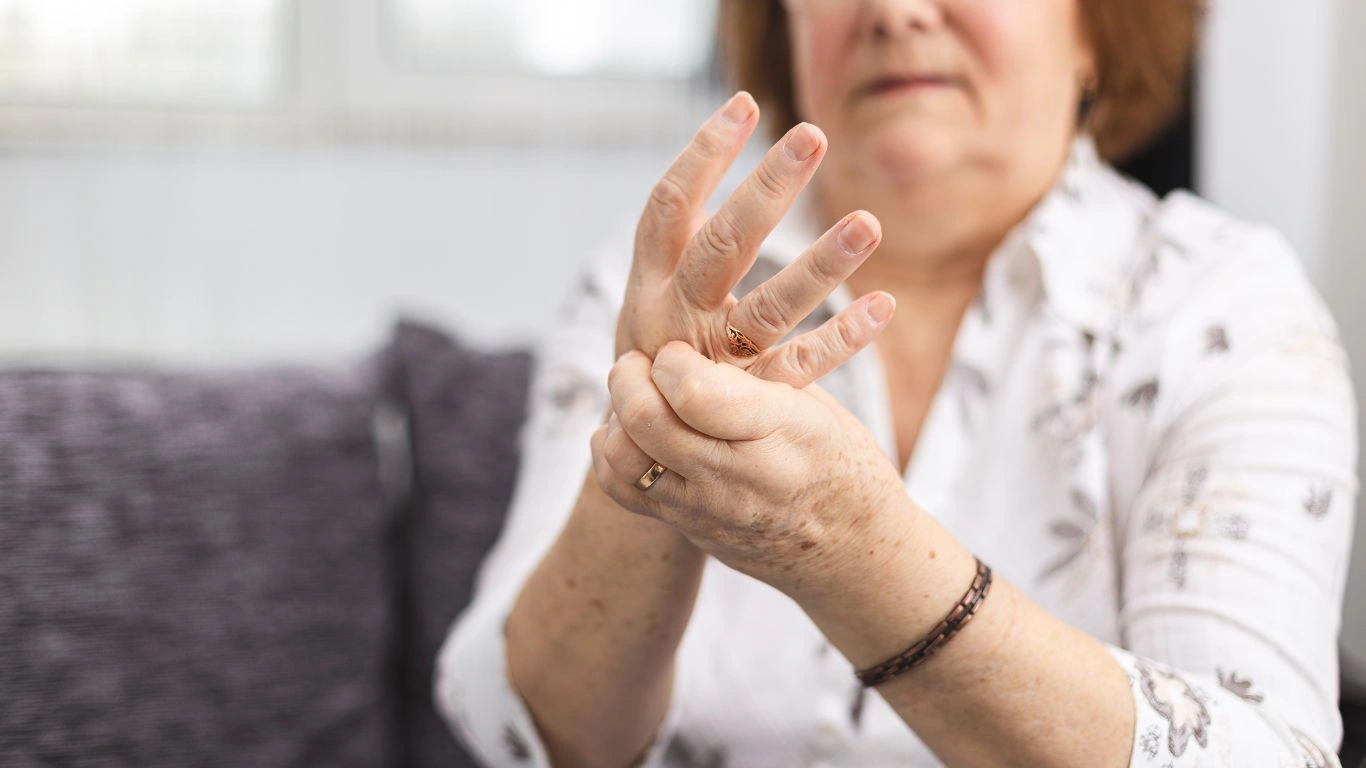
Tips for Staying Motivated
- Track Your Progress: Use a journal or app to note your workouts. Seeing how far you’ve come can be a great motivator.
- Reward Yourself: Treat yourself to something nice after hitting a goal—a new pair of sneakers or a relaxing bath, perhaps?
- Make It a Habit: Consistency is key. Schedule your workouts like you would any other appointment.
Conclusion
Dealing with RA isn’t easy, but adding some movement to your day can make a huge difference. Start small, choose activities you love, and don’t forget to celebrate your wins along the way. You’ve got this!
References
- American College of Rheumatology. (2023). Rheumatoid Arthritis Management. Read Article
- Smith, J., & White, K. (2021). Exercise Benefits for Rheumatoid Arthritis. Journal of Rheumatology, 48(4), 200-210. Read Article
- National Arthritis Foundation. (2024). Physical Activity Guidelines for Arthritis Patients. Read Article
FAQs
- Is exercise safe for people with RA? Yes, with the right types and intensity, exercise can be highly beneficial for managing RA symptoms.
- What exercises should I avoid with RA? High-impact activities like running or jumping may strain joints. Opt for low-impact exercises instead.
- How often should I exercise with RA? Aim for 3-5 days a week, but always listen to your body and consult your doctor or physical therapist.
- Can physical activity reduce RA flares? While exercise can’t prevent flares, it often reduces their intensity and improves overall joint health.
- Should I exercise during a flare-up? Focus on gentle movements and stretching. Avoid overexertion and consult your doctor for personalized advice.
Disclaimer: This article is for informational purposes only. Always consult with a healthcare professional for medical advice or before starting a new exercise regimen. Individual needs and conditions vary, and professional guidance is crucial.

Tarra Nugroho is a dedicated Nurse Practitioner with a strong foundation in family and preventive care. She brings both compassion and clinical expertise to her practice, focusing on patient-centered care and health education. As a contributor to Healthusias.com, Tarra translates medical knowledge into clear, empowering articles on topics like women’s health, chronic disease management, and lifestyle medicine. Her mission is simple: help people feel seen, heard, and informed—both in the clinic and through the content she creates. When she’s not caring for patients, Tarra enjoys weekend hikes, plant-based cooking, and curling up with a good health podcast.
